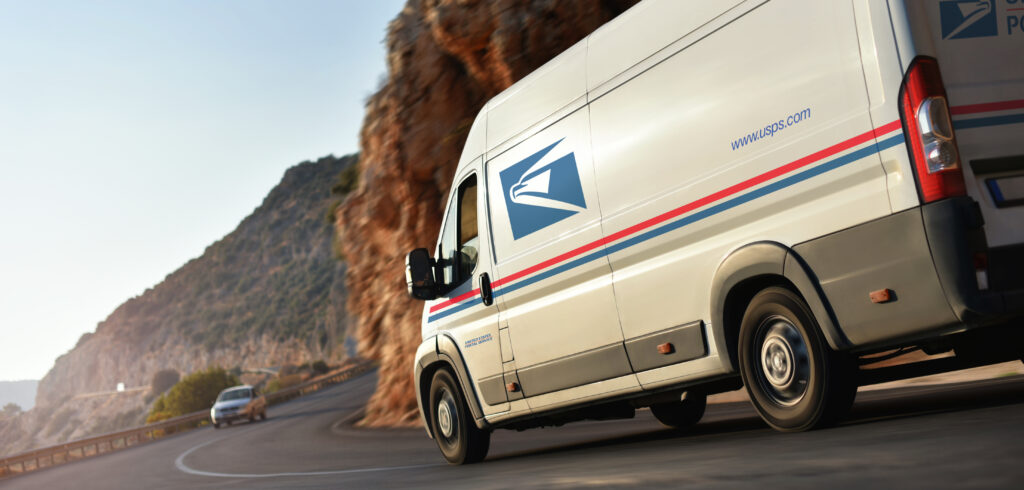The US Postal Service (USPS) has proposed adding 5,000 electric-powered vehicles to its postal fleet as part of its Next Generation Delivery Vehicle (NGDV) program, which was created to adhere to the US’s National Environmental Policy Act (NEPA).
The 30-year-old Long Life Vehicles (LLVs) currently used by USPS are powered by inefficient gasoline engines and lack modern safety features. The NGDV powertrain mix is expected to have positive environmental impacts due to fewer required trips and better emission controls to decrease tailpipe emissions and help improve air quality.
According to USPS calculations, an NGDV with an internal combustion engine would be a more fuel-efficient vehicle than the current LLV, despite being larger. The NGDV’s fuel economy without air-conditioning running is 16 l/100km, compared with the 28 l/100km fuel economy of the LLV (which does not have air conditioning). The new vehicle would also provide postal service carriers with modern safety features such as 360° cameras, automatic front and rear braking and a driver’s airbag.
Recognizing that powertrain technology may change significantly over the available 20-year life of the NGDV, the postal service has selected a flexible design platform that can accommodate advancements in technology. The platform can be delivered with either an internal combustion engine or battery-electric drivetrain technology.
The postal service’s cost estimates include the price of charging infrastructure rather than assuming the availability of public charging. USPS is also analyzing state and local electrical grid capacity to determine potential necessary upgrades at the grid level.
The NGDV program was created in partnership with stakeholders including the US Congress and the Environmental Protection Agency (EPA). Throughout 2021, the postal service also made its teams available to policymakers in Congress as they pursued efforts to secure funding to achieve a majority electric USPS delivery fleet over the next 10 years. The postal service most recently discussed achieving 70% fleet electrification within a decade.
Louis DeJoy, Postmaster General and USPS chief executive officer, said, “Our commitment to an electric fleet remains ambitious given the pressing vehicle and safety needs of our aging fleet as well as our dire financial condition. The proposed action, which we are evaluating under the NEPA, includes an initial order plan for 5,000 electric vehicles and the flexibility to increase the number of electric vehicles introduced should additional funding become available. Absent such funding, we must make fiscally responsible decisions that result in the needed introduction of safer and environmentally cleaner vehicles for the men and women who deliver America’s mail.”
DeJoy continued, “When you’re an independent government entity running billion-dollar annual losses, and with a Congressional mandate to operate in a financially sustainable manner, we are compelled to act prudently in the interests of the American public. However, that responsibility should not be mistaken for an ambivalent commitment to operating a cleaner postal vehicle fleet for our country. Moreover, comparisons of the postal service to private-sector multi-national corporations that report yearly profits in the billions of dollars, and that are not required to go to 161 million delivery addresses in all climates and topographies six days per week, are not relevant in view of our perilous financial condition and universal service mission. We will be resolute in making decisions that are grounded in our financial situation and that we can realistically achieve while pushing hard to take delivery of safer, cleaner vehicles by next year. Given our large fiscal deficits and significant financial challenges, Congress is well aware of the additional resources that would be required if Congress would prefer the postal service to accelerate the electrification of our delivery vehicle fleet as a matter of public policy.”


